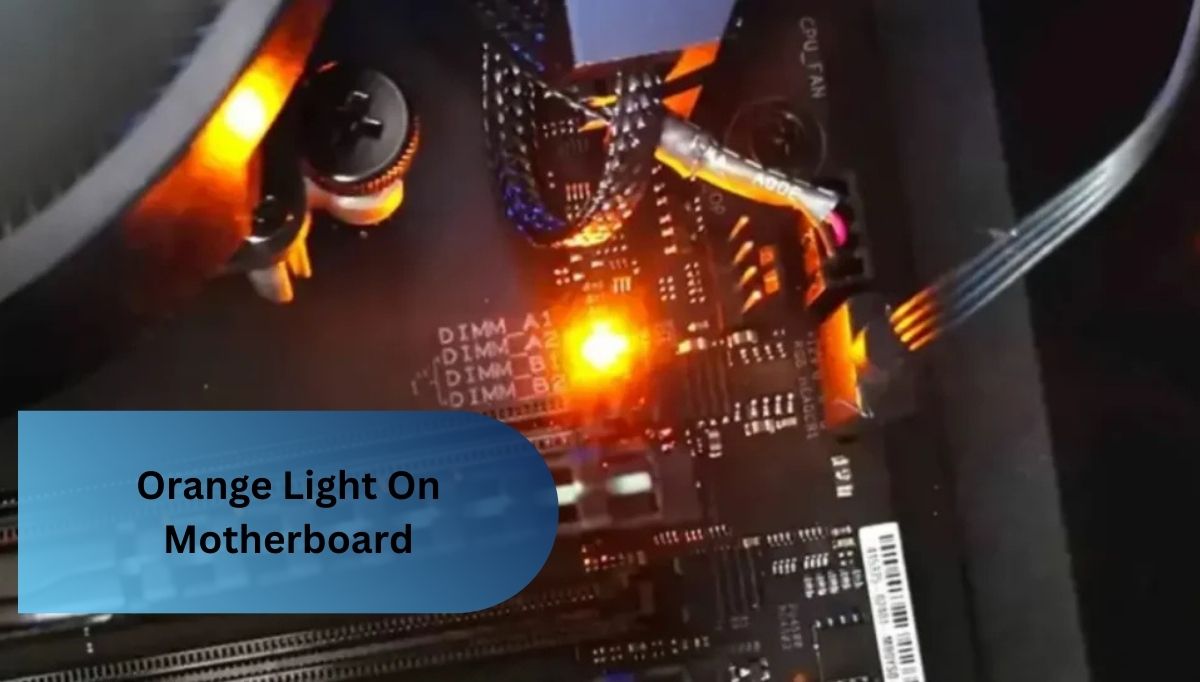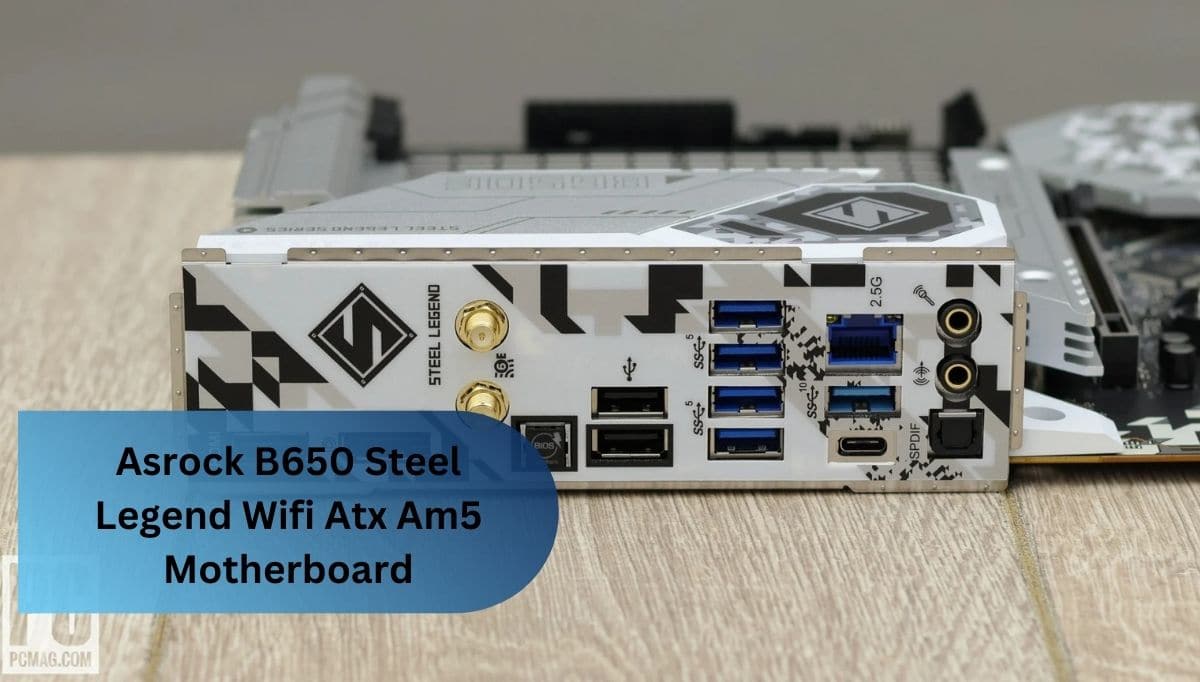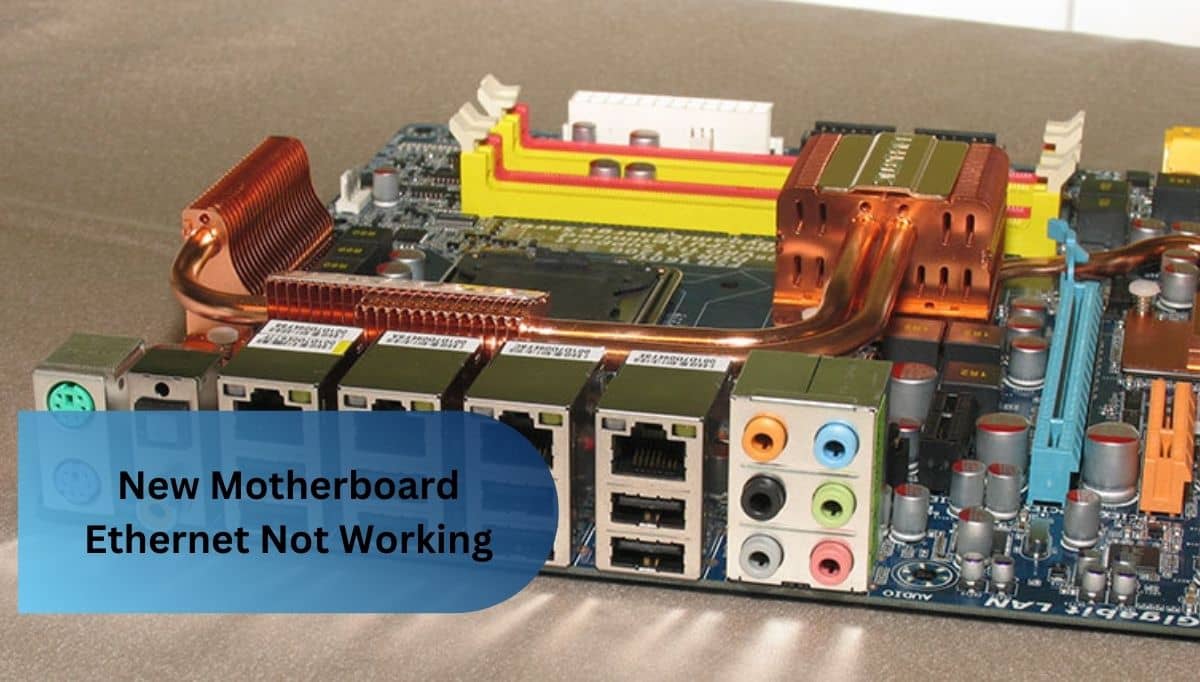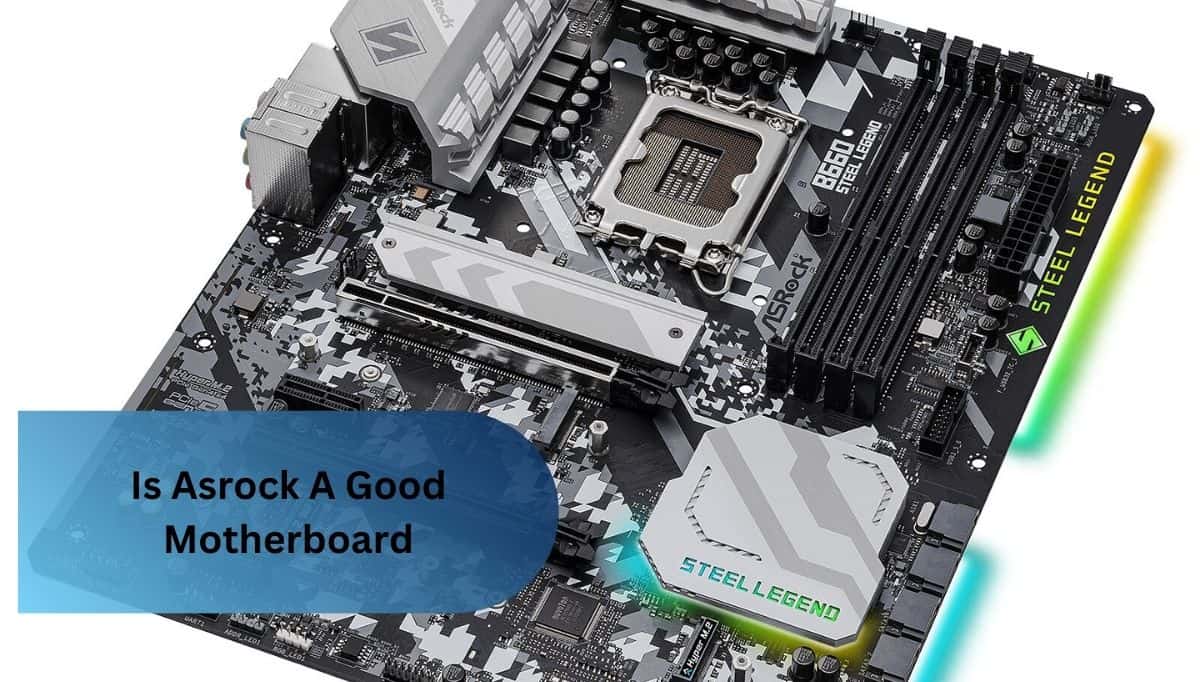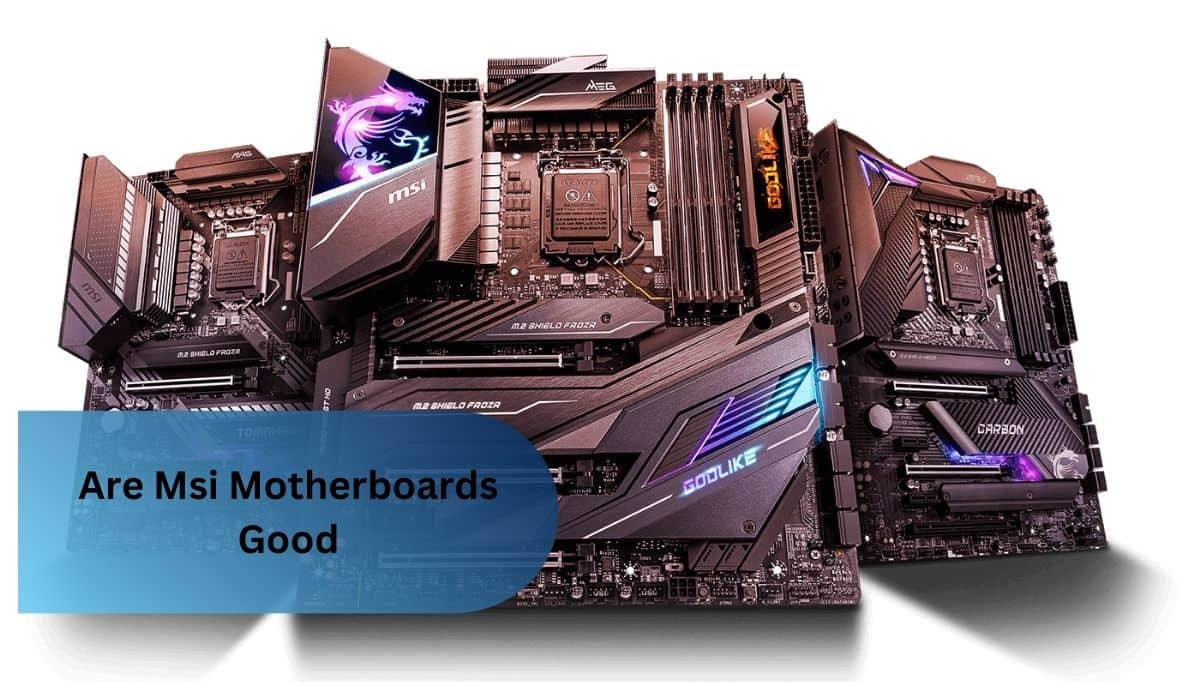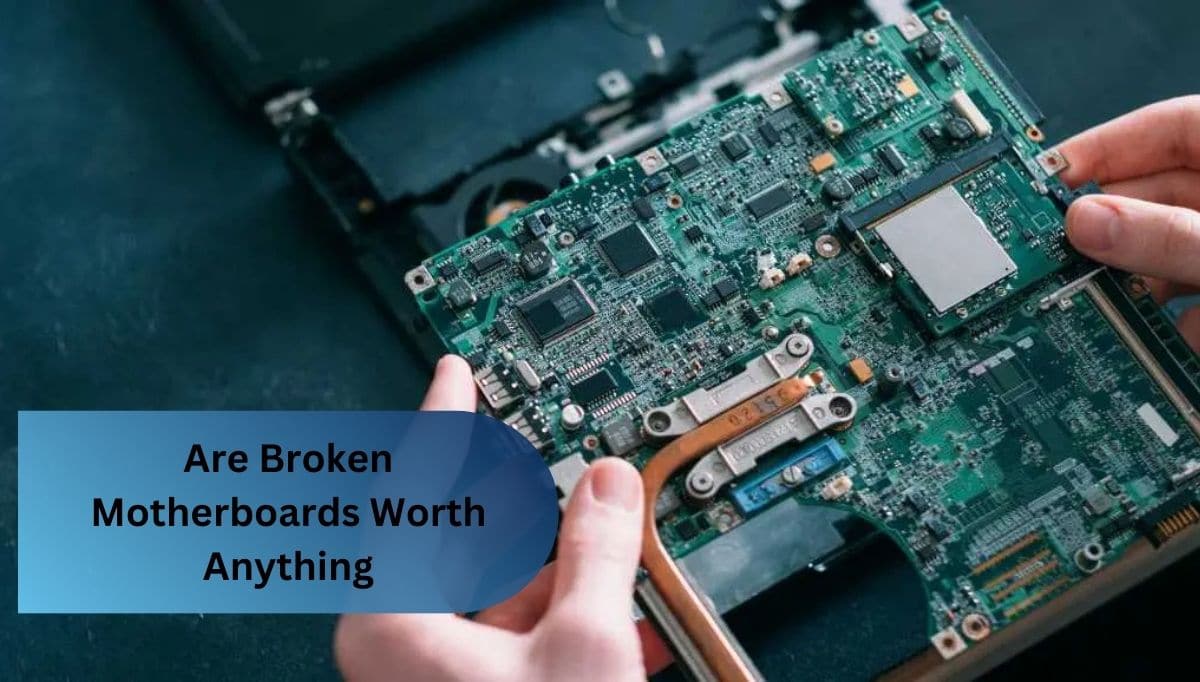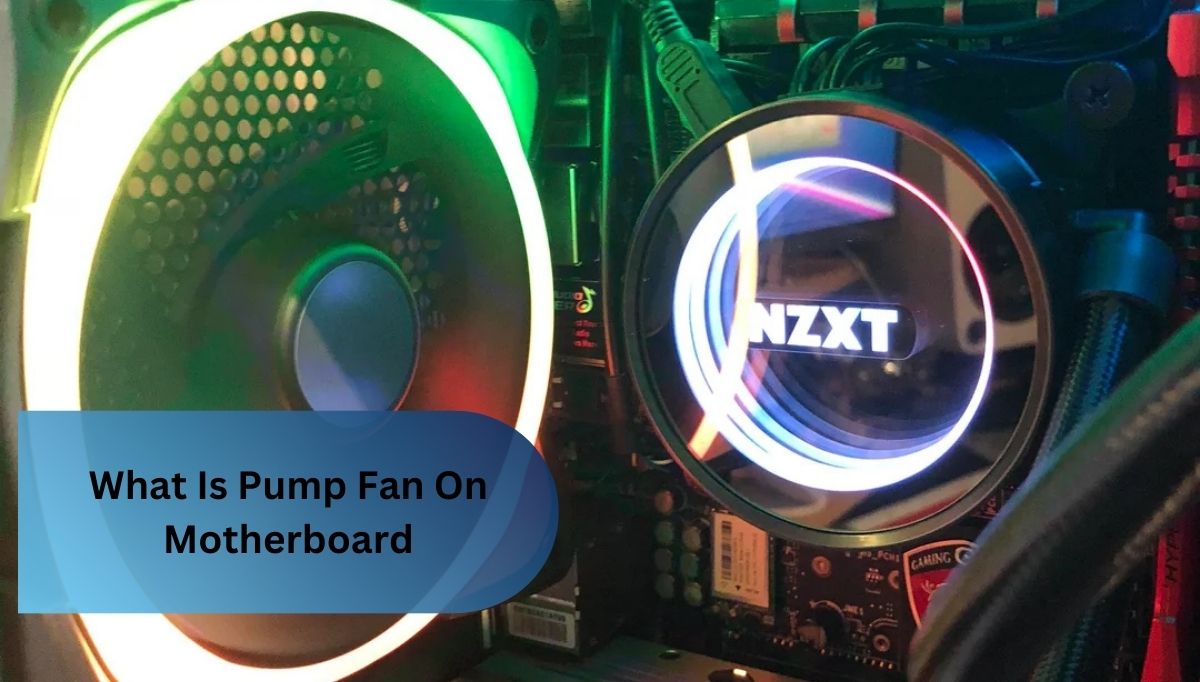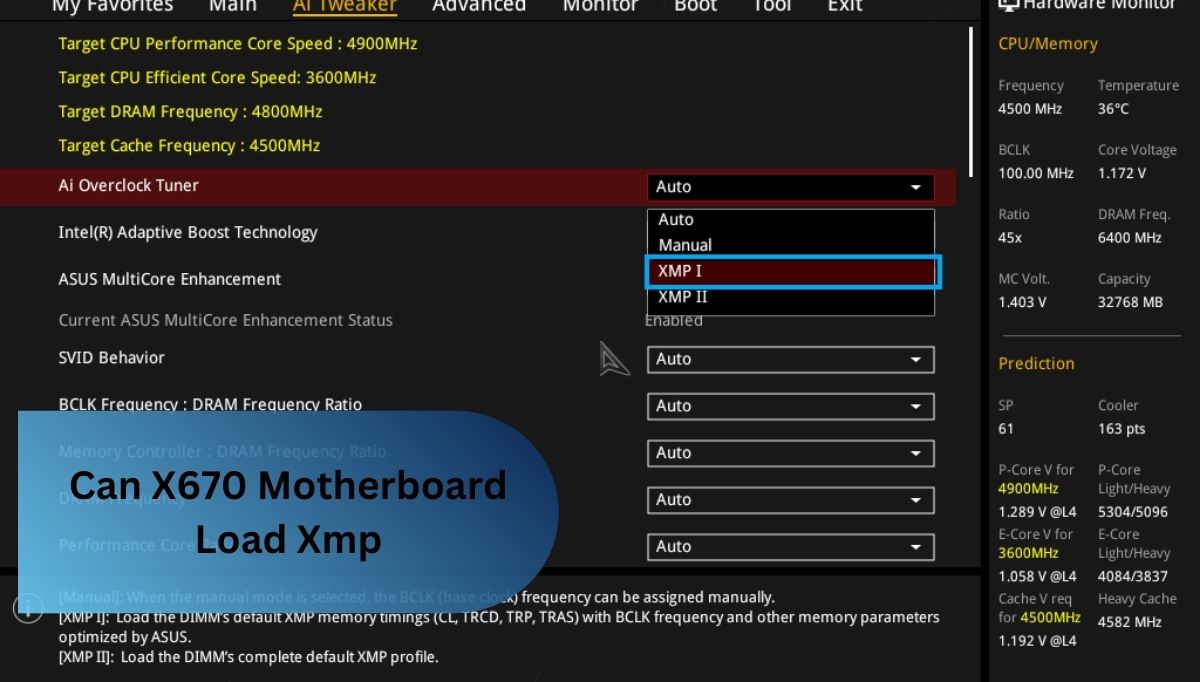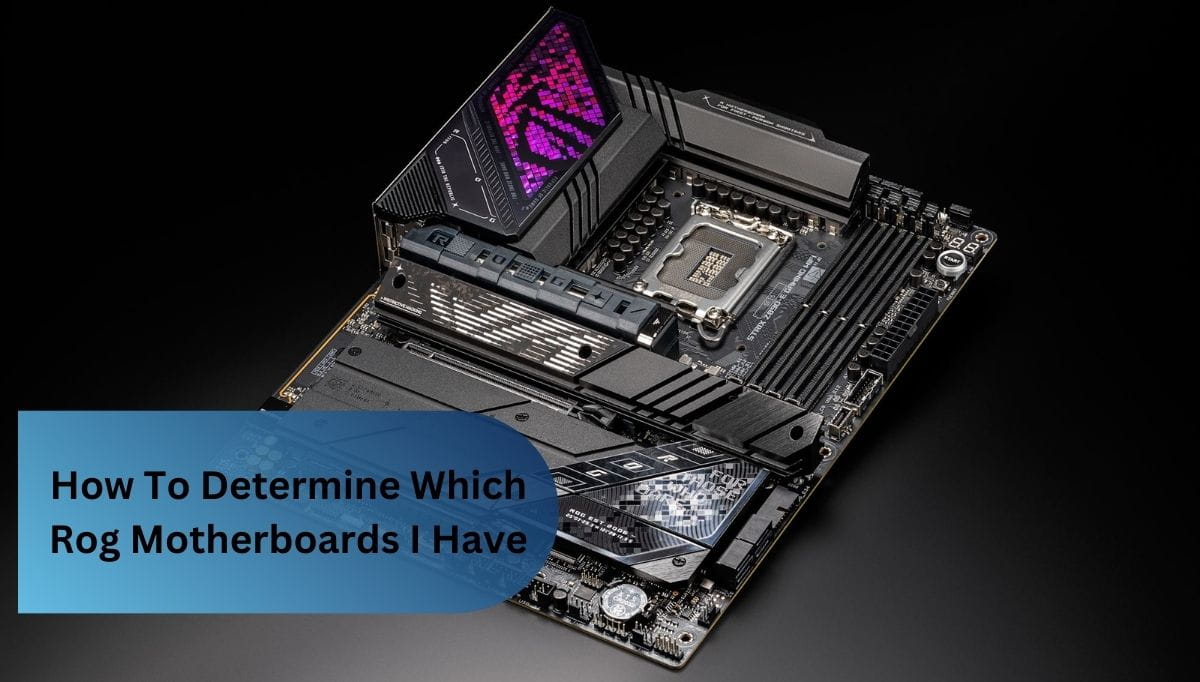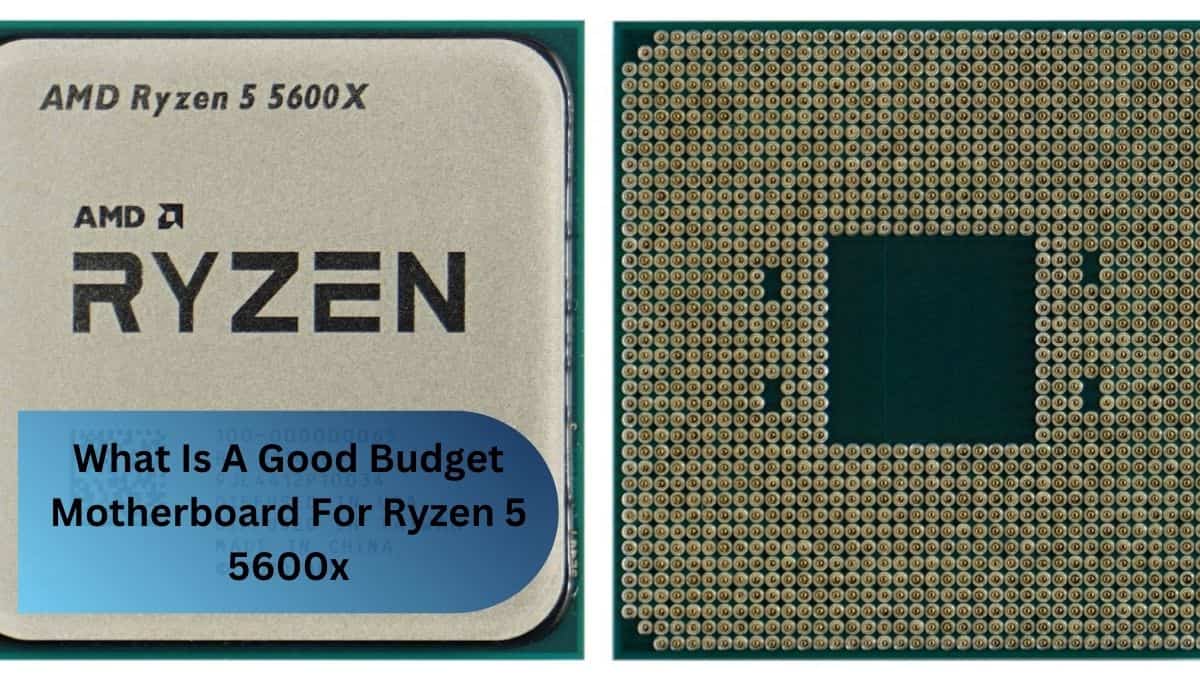I once noticed an orange light on my motherboard after upgrading my RAM. It turned out one stick wasn’t seated properly, and after adjusting it, the light disappeared, and my PC ran smoothly again.
An orange light on my motherboard appeared when my GPU overheated during gaming. Cleaning the fans and improving airflow fixed the issue instantly.
In this article, we explored the causes and solutions for the Orange Light On Motherboard, including overheating, faulty RAM, and power supply issues. We also discussed preventive tips and when to seek professional help.
Introduction To Orange Light On Motherboard
The Orange Light On Motherboard is a signal that something in your system needs attention. Whether it’s a hardware issue, like RAM not seated properly, or a sign of overheating, the Orange Light On Motherboard serves as a useful warning.
Sometimes, the Orange Light On Motherboard points to power supply inconsistencies or issues with connected components. Recognizing the meaning of the Orange Light On Motherboard can save you from bigger problems by prompting quick troubleshooting. Addressing the Orange Light On Motherboard early ensures your system stays stable and functional.
Understanding the Orange Light on Your Motherboard
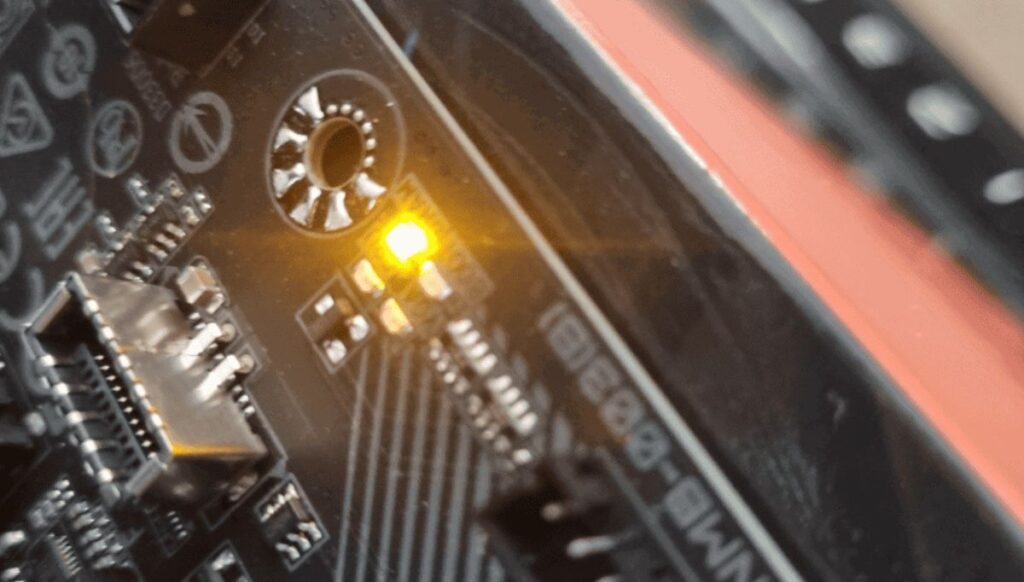
1. What the Orange Light Really Means:
The Orange Light On Motherboard typically signals an issue with one of your system’s critical components, such as overheating or memory problems. It’s a warning that something isn’t functioning properly and needs attention before it leads to bigger problems.
2. Identifying Common Triggers for the Orange Light:
- Overheating: Dust buildup or poor ventilation can cause components to overheat, triggering the orange light.
- Faulty RAM: Improperly seated or malfunctioning RAM sticks can activate the warning.
- Power Issues: An unstable power supply or insufficient voltage can lead to system errors.
- Graphics Card Problems: A damaged or improperly connected GPU can cause the motherboard to signal a fault.
- Loose Connections: Any loose cables or components not properly installed may trigger the light.
- Outdated BIOS: Compatibility problems and error messages may result from an outdated BIOS.
3. How to Quickly Troubleshoot the Orange Light:
- Check for Overheating: Ensure your system is properly ventilated and that fans are working.
- Reseat RAM and GPU: Remove and reinstall the RAM and graphics card to ensure proper connection.
- Inspect Power Supply: Verify that the power supply is providing consistent and sufficient power.
- Test for Faulty Components: Try removing non-essential hardware to isolate the problem.
- Update Drivers and BIOS: Make sure all drivers and the motherboard’s BIOS are up to date.
- Clean the System: Remove dust and debris from cooling components to improve airflow.
- Perform a Power Cycle: Disconnect the power, wait a few minutes, and restart your system.
4. Why Your Motherboard Might Show an Orange Light:
Your motherboard might show an orange light due to overheating, hardware malfunctions, or loose connections. It can also signal issues with power supply or faulty components that need attention.
5. Signs That the Orange Light Needs Immediate Attention:
If the Orange Light On Motherboard stays on even after troubleshooting, it could indicate a serious hardware failure. Immediate attention is needed if the system fails to boot or shows signs of instability.
6. The Role of Cooling in Preventing the Orange Light:
Proper cooling is essential to prevent the Orange Light On Motherboard, as overheating is a common trigger. Ensuring good airflow and keeping components cool helps maintain system stability and avoid warning signals.
7. When to Seek Professional Help for the Orange Light:
If the Orange Light On Motherboard persists despite troubleshooting, it may indicate a deeper hardware failure. Seeking professional help is crucial if you’re unable to identify or fix the underlying issue.
Read Also: White Light On Motherboard – Its Causes & Fixes!
Reasons Behind The Orange Light On Motherboard
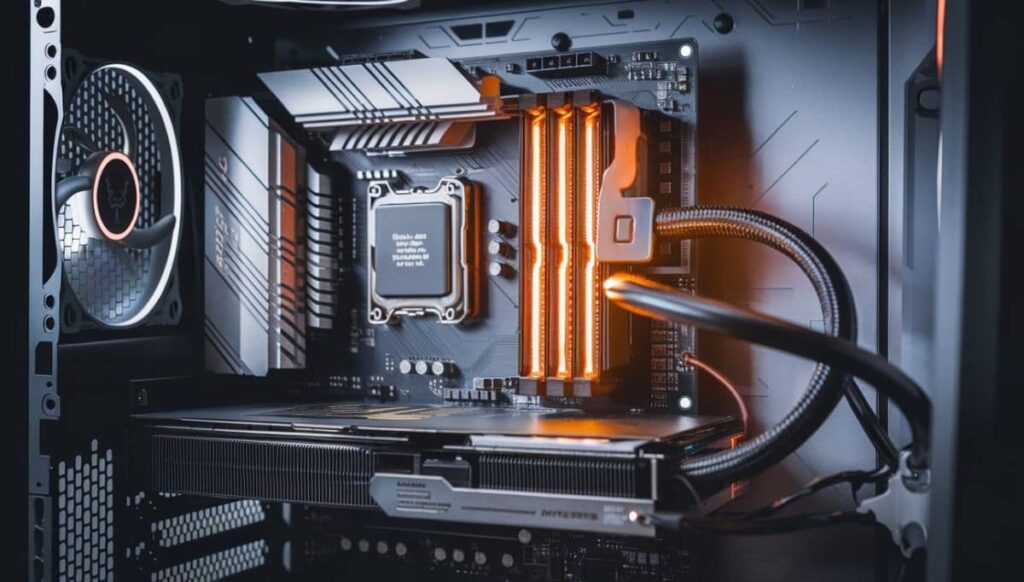
1. Overheating Components:
- High system temperatures can trigger the orange light as a warning.
- Poor airflow or blocked vents may cause components to overheat.
- Dust buildup in fans and heatsinks reduces cooling efficiency.
- Faulty or aging cooling systems, like fans or liquid coolers, may fail to regulate heat.
- Running demanding tasks for extended periods can push temperatures beyond safe levels.
- Overheating can also result from overclocking without adequate cooling.
2. Memory Module Issues:
- RAM sticks may not be seated properly, leading to errors.
- Faulty memory modules can trigger warning signals.
- Using incompatible RAM can cause the system to malfunction.
- Dust or dirt in the RAM slots might interfere with proper connections.
- Overclocking RAM beyond safe limits can result in instability.
- Incorrect BIOS settings might fail to detect or configure the memory correctly.
3. Power Supply Inconsistencies:
Power supply inconsistencies can cause the motherboard to display an orange light, often due to fluctuating voltages or insufficient wattage. Loose or faulty power cables may also disrupt the flow of electricity, affecting system stability.
4. Graphics Card Malfunctions:
Graphics card malfunctions can cause the Orange Light On Motherboard to appear, often due to overheating or loose connections. A faulty GPU can disrupt system performance, leading to instability or failure to boot properly.
5. Hardware Connection Problems:
Loose or improperly connected cables can trigger the Orange Light On Motherboard, signaling a potential issue. It’s important to ensure all components, like the CPU, RAM, and GPU, are securely seated and connected.
6. BIOS or Firmware Glitches:
BIOS or firmware glitches can cause the Orange Light On Motherboard to appear, as outdated or corrupt settings may prevent the system from booting properly. Updating or resetting the BIOS often resolves these issues and restores stability.
7. Peripheral Device Conflicts:
Sometimes, the Orange Light On Motherboard appears due to conflicts with connected devices like USB drives or external hard drives. Unplugging or updating drivers for these peripherals can help resolve the issue.
Solutions To Fix Orange Light On Motherboard
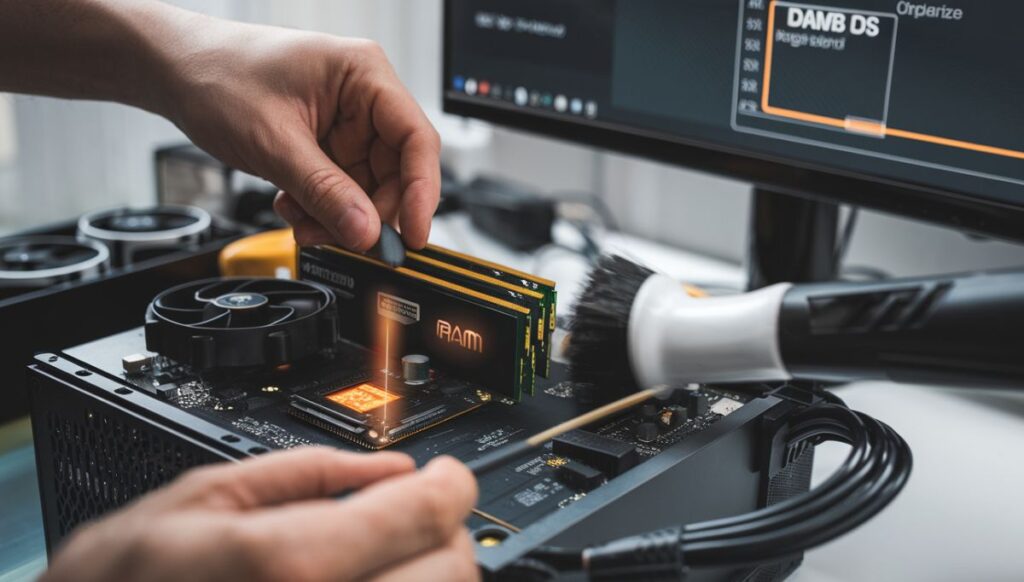
- Reseat Components: Ensure RAM, GPU, and other cards are securely placed in their slots.
- Clean the System: Remove dust from fans, heatsinks, and vents to improve airflow and cooling.
- Check Power Supply: Verify that the power supply is working properly and providing enough power.
- Update BIOS: Update the BIOS to fix compatibility issues or glitches causing the orange light.
- Test RAM: Try each RAM stick individually to find if one is faulty.
- Inspect Graphics Card: Ensure the graphics card is properly seated and check for overheating.
- Reset the System: Perform a power cycle by unplugging the PC for a few minutes and restarting.
Read Also: Why Is My Motherboard Light Orange – What It Is!
Prevention And Maintenance Tips
Frequent monitoring and repair are necessary to stop the Orange Light On Motherboard from occurring. Early problem detection can be achieved by keeping your system clean and looking for any hardware concerns.
Maintaining stability requires making sure that every component is compatible and operating as intended. The orange light is frequently caused by overheating, which is avoided with proper cooling and airflow.
1. Maintenance Tips:
- Clean your PC regularly to avoid dust buildup, especially around cooling fans.
- Ensure proper cable management to prevent overheating from blocked airflow.
- Update drivers and BIOS regularly to keep the system running smoothly.
- Check for loose connections or components that might cause instability.
- Monitor system temperatures to avoid overheating and take action when necessary.
Examining Additional Reasons For The Orange Light
The Orange Light On Motherboard can also be triggered by issues beyond overheating or faulty RAM. Sometimes, outdated or corrupted drivers can cause conflicts, leading to the warning light. A failing power supply unit might not provide enough power to the motherboard, which can cause instability.
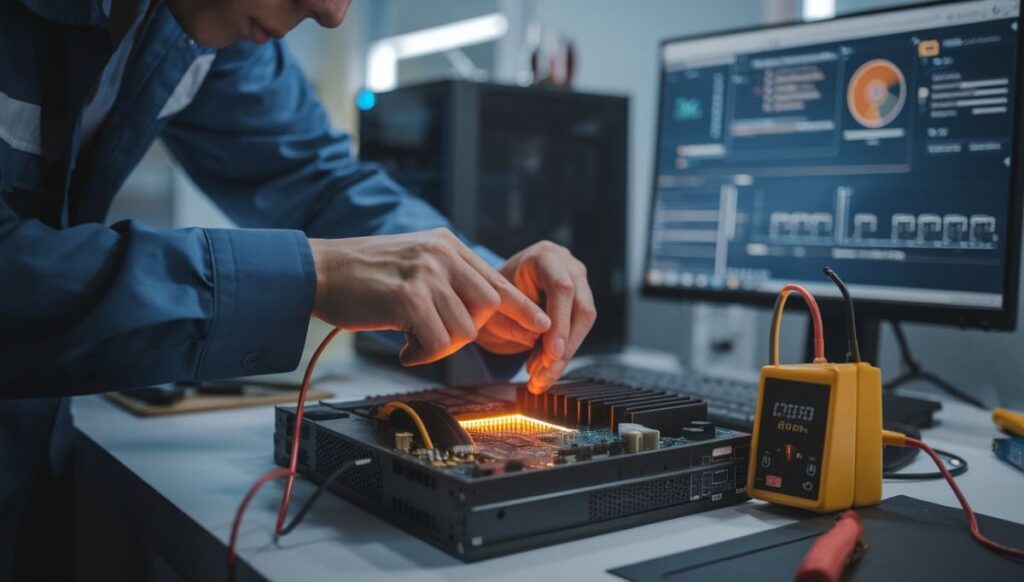
Additionally, problems with the motherboard itself, such as damaged circuits or faulty components, may result in the orange light. External factors like electrical surges or static buildup can also interfere with the motherboard’s performance, causing the system to signal a problem.
FAQ’s
1. Is it safe to continue using the computer with an orange light?
It’s not recommended to continue using the system for long periods with the orange light on, as it could lead to further damage if the underlying issue is not addressed.
2. How do I know if my RAM is causing the orange light?
You can test the RAM by reseating it, trying each stick separately, or swapping slots to see if the light goes away, indicating a possible RAM issue.
3. Can a BIOS update fix the orange light issue?
Yes, sometimes an outdated or corrupted BIOS can cause issues. Updating it to the latest version might resolve the orange light warning.
4. Can peripheral devices cause the orange light on the motherboard?
Yes, faulty or incompatible peripheral devices can create conflicts, leading the motherboard to signal an issue with the orange light.
5. What should I do if my graphics card is causing the orange light?
Try reseating the card, ensuring it’s properly connected, and checking if it’s overheating. If the problem persists, consider testing it in another system.
Conclusion:
The Orange Light On Motherboard is a helpful warning sign that something in your system needs attention. Whether it’s overheating, faulty components, or connection issues, addressing the cause promptly can prevent further damage.
By following basic troubleshooting steps and keeping your system well-maintained, you can resolve most issues and keep your motherboard running smoothly. If the light persists, it might be time to seek expert help to avoid complications.
Read More:








